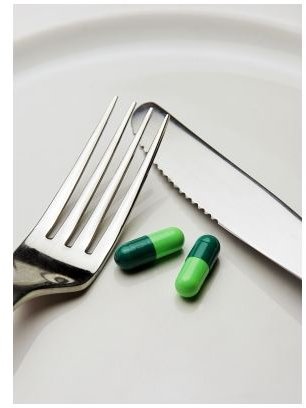Understanding the Pros and Cons of Stimulant Medication for ADHD
How Do ADHD Medications Work?
ADHD medications work in one of two ways: Stimulant medications boost the brain’s production of norepinephrine, a neurotransmitter or hormone common to the brain. Non-stimulant medication slows down “reuptake”–the rate at which the brain reabsorbs norepinephrine.
Non-stimulant medications work best for those with predominantly inattentive ADHD symptoms. They allow the brain more exposure to norepinephrine to alleviate symptoms of restlessness, poor organization, and generally faulty decision-making skills.
Stimulant medications work best for hyperactive or combined-type ADHD, but they deliver some benefit to all ADHD patients. They vary in the length of their effective duration, the side effects they cause, and in their potential for abuse. These meds work well in 70% of affected individuals. Most of them are classified among the highly controlled Schedule II drugs because of the potential for abuse as well as addiction. The prescribing psychiatrist’s job is to find the right medication or combination of medications for each individual patient.
Here’s a look at the specific reasons for choosing or avoiding stimulant medication for ADHD:
-
Pro: Most stimulation medications are safe for administration to very young children. Dexedrine has been approved for use in children as young as three.
-
Pro: Since ADHD is a disruption of a person’s ability to concentrate and stay on task (whether the individual is a student in school or an adult on the job), its use can mean the difference between success and failure for someone who’s been properly diagnosed. Among all the pros and cons of stimulant medication for ADHD, this one is big enough to outweigh the cons listed below.
-
Pro: Many school children can skip their medications on weekends or during holidays, including summer.
-
Pro: In recent years, pharmaceutical engineers have worked to overcome the cons listed below–notably, rendering them less easily abused.
-
Con: The immediate side effects can be so overwhelming that the patient resists taking their dose. Complaints include restlessness, racing heart, insomnia, reduced appetite and headache. There’s also “rebound,” which is a crash when the medication wears off and sends the patient spiraling downward into a deeper state of irritability or depression.
-
Con: Long-term side effects might include alteration of blood glucose levels, liver damage, impotence, and tics of the head, arms, and legs. Slow or delayed growth has been documented. Even Tourette’s has been reported as a side effect.
-
Con: The potential for abuse and addiction is very high with stimulant medications. Some people love the false and short-lived sense of euphoria that accompanies them. Others hate the side effects and self-medicate with marijuana or other street drugs to combat them. Yet others become caught up in illegally selling or dispensing their prescriptions to others.
-
Con: Some of these medications cannot be stopped abruptly; the doctor must taper them to mitigate withdrawal symptoms, which might include seizures.
-
Con: Many medications interact poorly with stimulants. Even something as simple as an antacid can quicken the rate of absorption into your system—and hasten its departure. Make certain the prescribing doctor knows all other current medications, whether prescribed or over the counter.
A Rundown of Stimulant Medications…
Here is a primer on some of the available stimulant ADHD medications:
-
Dexedrine was one of the earliest medications used to treat ADHD. Its stimulant effect is quick, and so is the crash from it. Adderall, from generic amphetamine sulfate, has the same stimulant effect with the potential for the side effects listed above, although newer versions (specifically Adderall XR) are formulated to dispense the drug into the system over a period of time.
-
Vyvanse is one of the newest medications, from the generic lisdexamfetamine, and it’s engineered so that it’s really difficult to abuse by crushing and snorting –plus its effect lasts throughout the day.
-
Some people have reported good success with Cylert (generic pemoline) but its potential for causing blood disorders is greater than other choices.
-
Methylphenidate has been around for quite a while, and its oldest form, Ritalin, is still used by physicians, although it has the same rapid stimulation and decompensation as Dexedrine and Adderall. Newer forms of methylphenidate include Concerta, with an effective duration as long as 12 hours. Daytrana has only been on the market since 2008, and it’s also manufactured from methylphenidate and is available as a skin patch. Many children find more success with it because they don’t have to swallow a pill, and the medication has a slow absorption into the system. One of the biggest drawbacks is the child’s freedom to take off the patch and slap it into the closest trash can. Focalin is a newer engineering of methylphenidate with fewer side effects and longer duration.
As with any type of medication, patients and their families should discuss these medications as well as alternative therapies with their doctor to find the right treatment regimen.
Resources
Mid-American ATTC. Psychotherapeutic medications 2008: what every counselor should know
American Psychiatric Association. Diagnostic and statistical manual of mental disorders (DSM-IV). ISBN 0890420254, 1994.
Image Credits:
